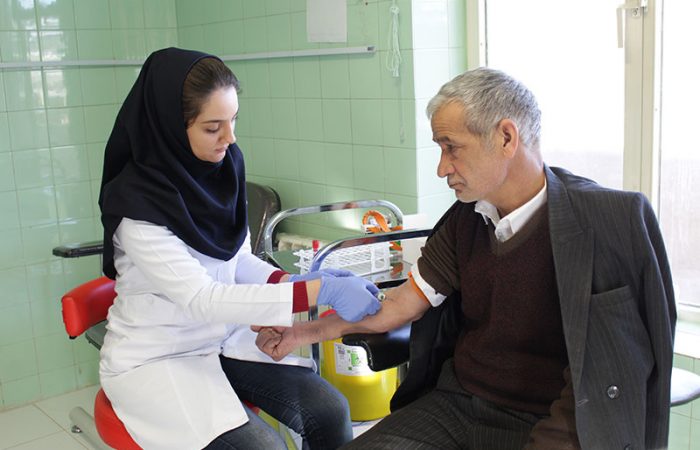
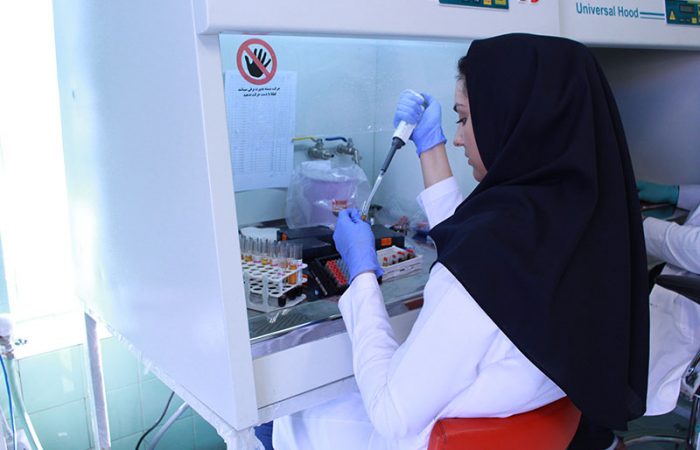
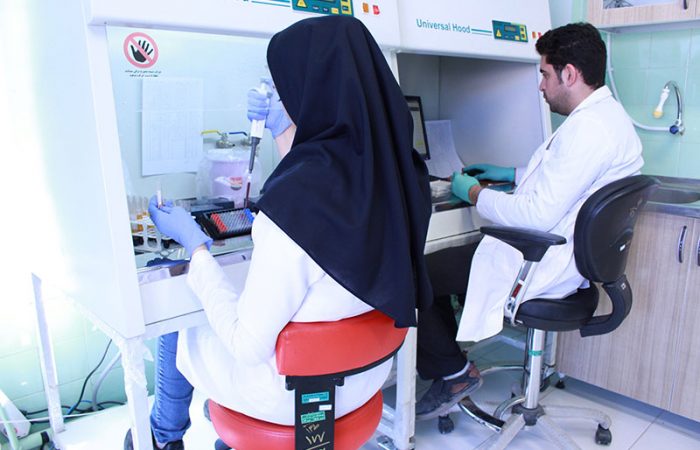
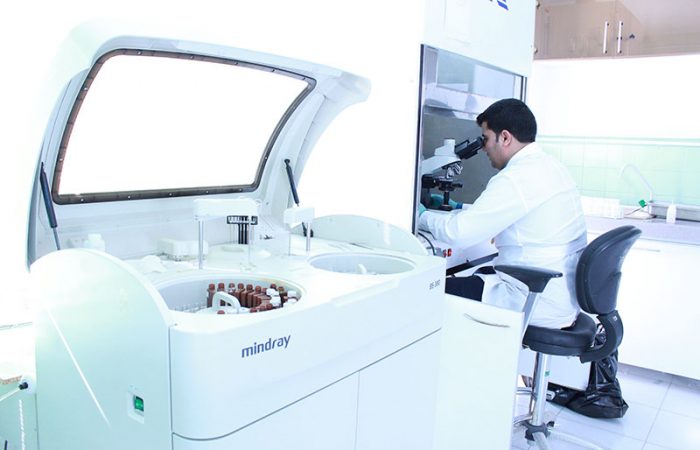
The inviters had to refer to the center in fasting state and after the laboratory reception they were guided to the laboratory and also the necessary samples were taken from them.
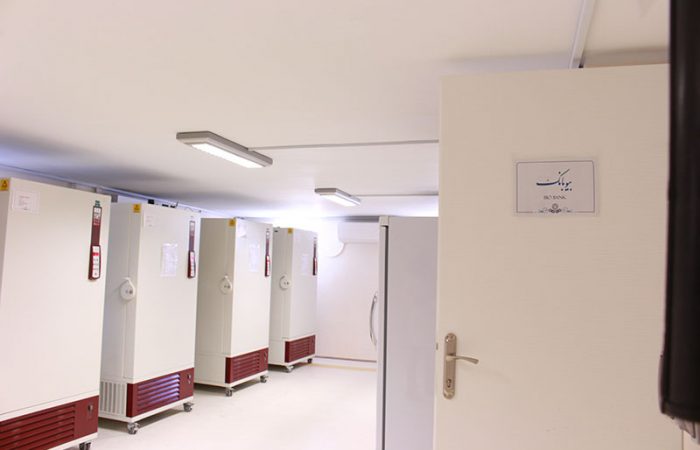
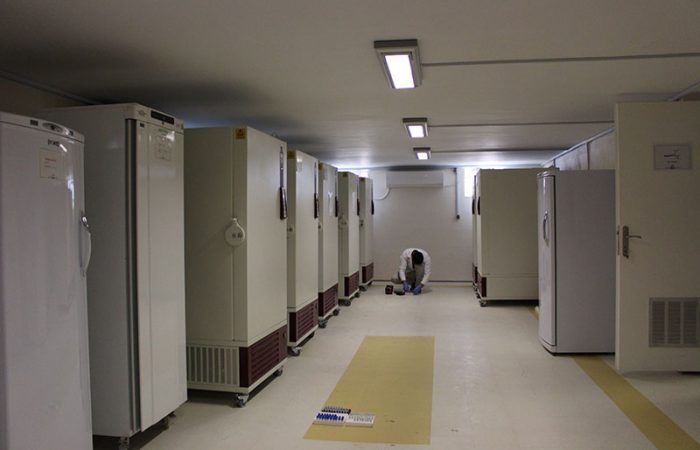
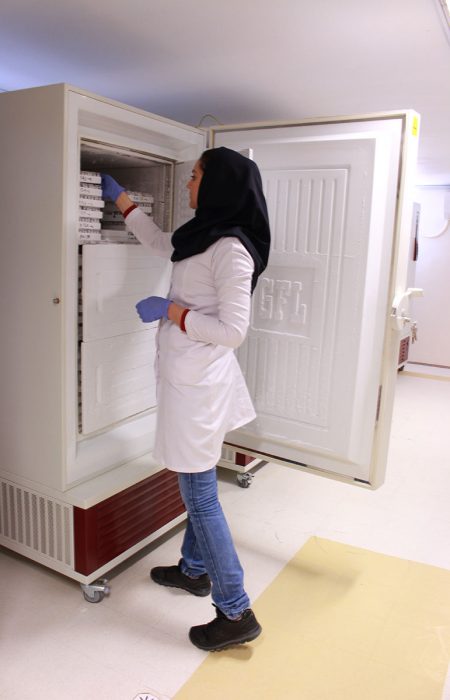
According to the country protocol, obtained samples are kept at -80° C in the form of serum, plasma, whole blood and buffy coat.
In addition to keeping of the mentioned samples, FBS, CBC, BUN, Cr, lipid profiles (TG, Chol, LDL, HDL), liver enzymes (AST, ALT , GGT,AlP) were measured from the obtained samples. They were given to the referrals after the final control and approval by the pathology expert.
Urine sampling
Nowadays, there are more than 100 different experimental tests that can be performed on urine samples; which each of them is carried out for a special purpose and also to determine different causes of various diseases. There was 15 to 25 ml urine sample which was taken from each individual. 1 ml of this volume is kept at -20° C. The purpose of keeping urine sample in the bio bank is to study genomic, protein and metabolic biomarkers. The test was also performed on samples taken, routine urine analysis (red blood cells, white blood cells, epithelial cells, transitional epithelial cells, spermatozoa, microorganisms and urine crystals).
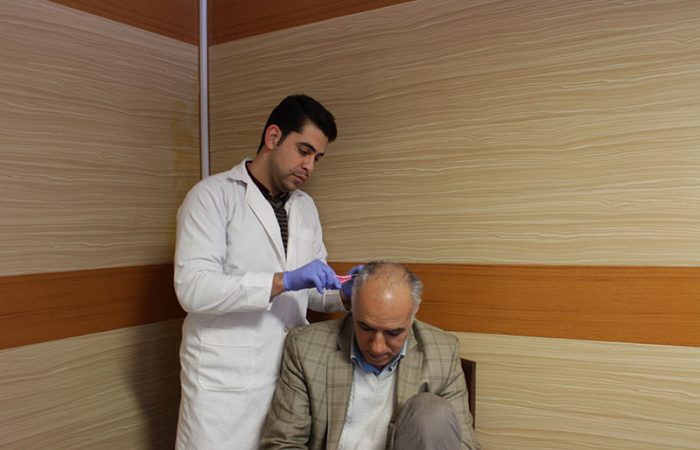
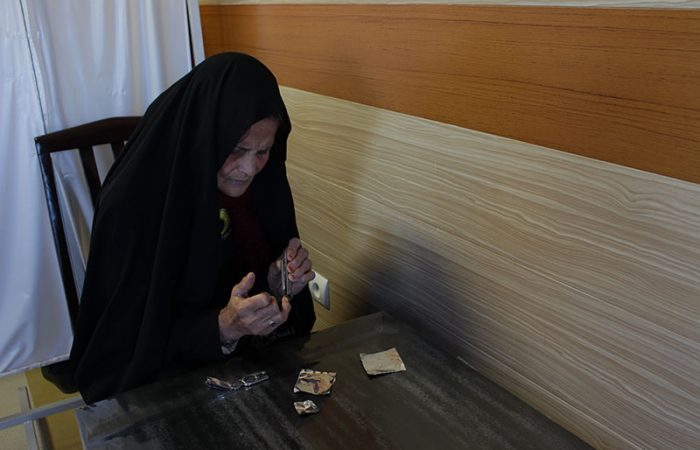
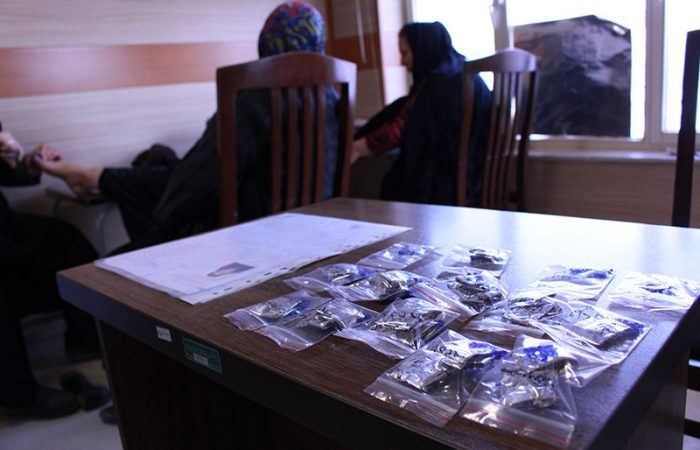
Hair sampling
To sample the hair of the subjects, the hair sample was taken from the area behind and from the root portion of the hair. The samples were stored in zipped bags and kept in acool and dy place .
Nail sampling
Nail is used to study the effective elements in the body during a long period; because after the formation of if it is not usually exposed to metabolic changes. Every1 mm is equivalent to 1 month of the nail growth and the most important advantage of it is its unchageability during twenty years. Nail samples were taken from the individuals to the number of fingers and toes.
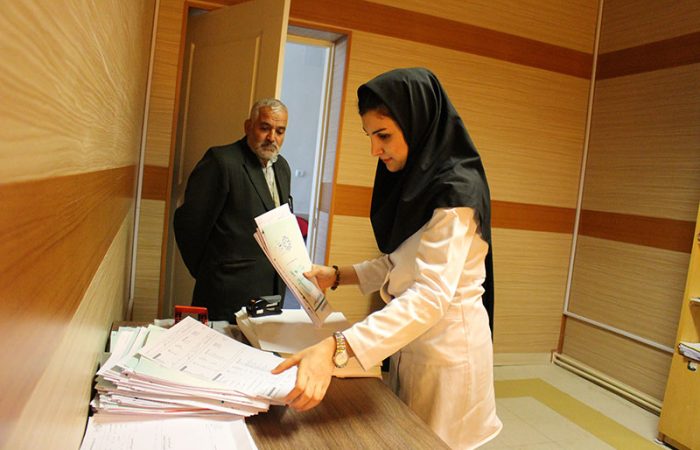
Barcoding and recording laboratory samples
After completing the separation steps, there was a barcode based on a 11-digit code for every individual in all of the bio bank samples and also the sample type was prepared. After controlling the code and specifications of the referring people and also adjusting them to the prepared barcodes as well as ensuring that they were correct, the printed barcodes were pasted on cryotubes. A major part of samples are stored in two-dimensional cryotubes. The most important feature of these cryotubes is their high resistance to severe temperature variations ranging from 100° C to -196° C.